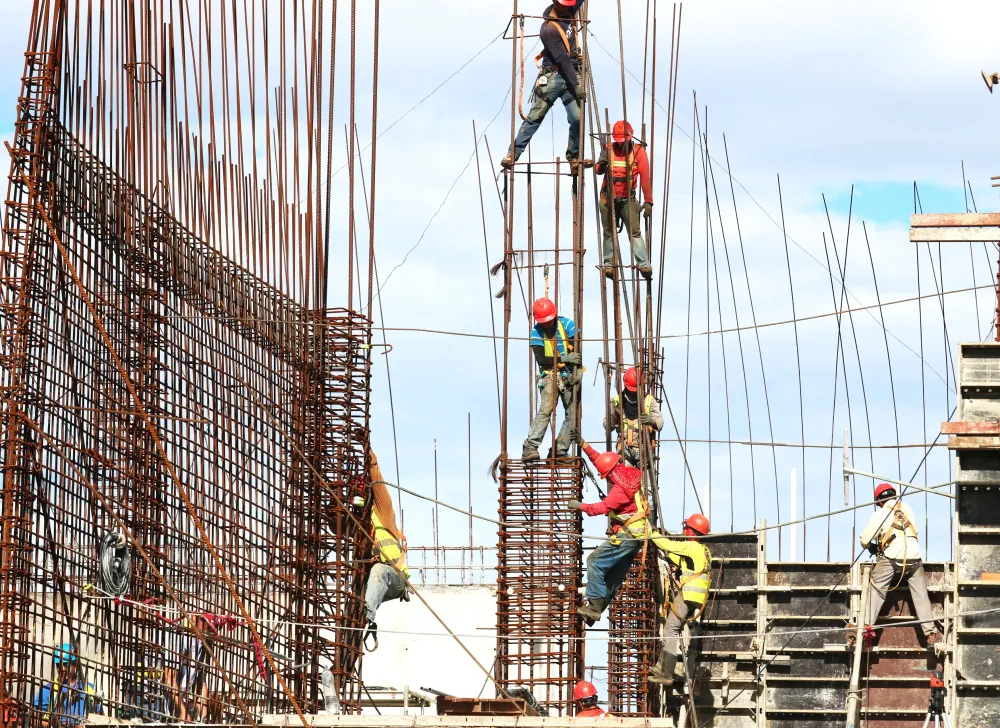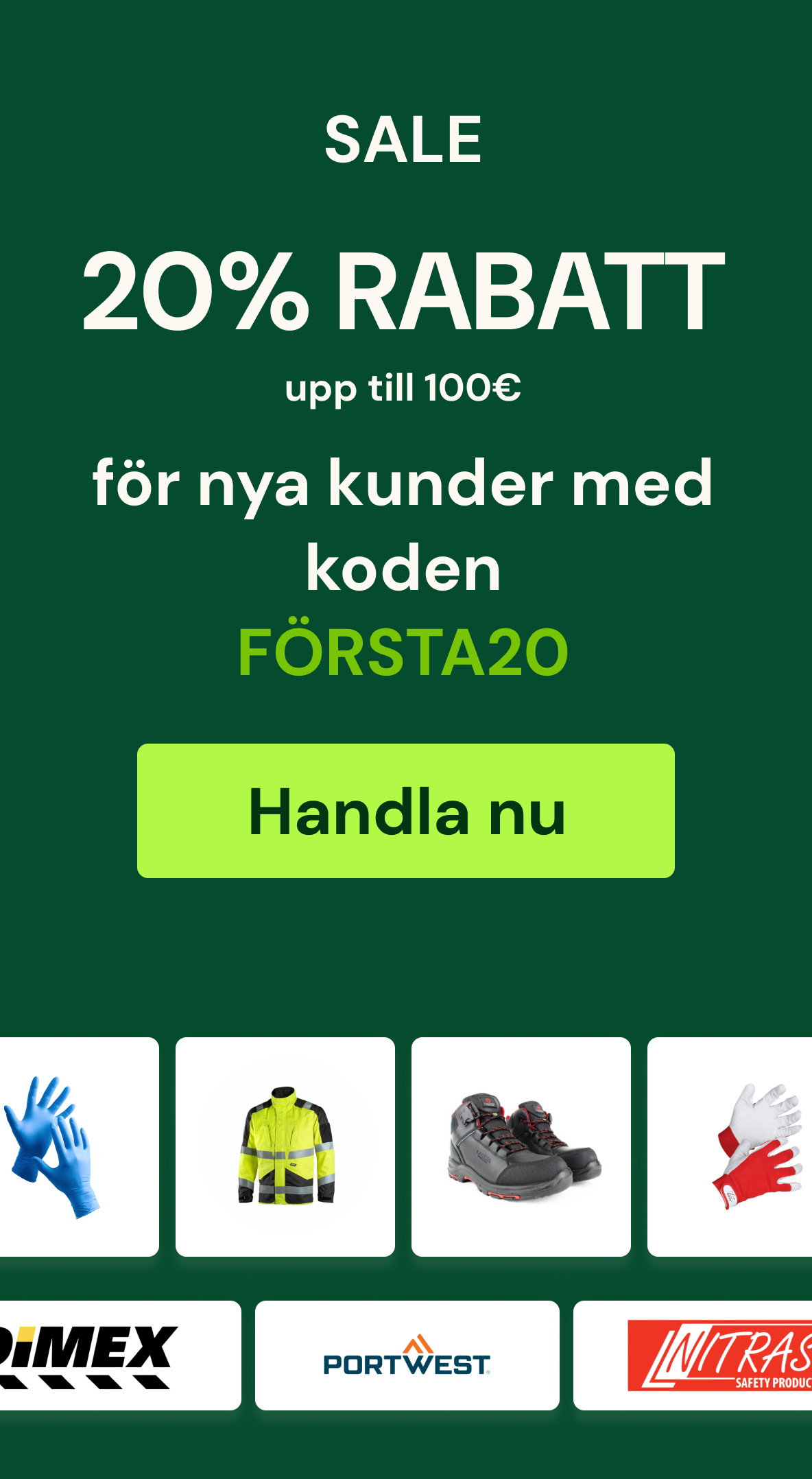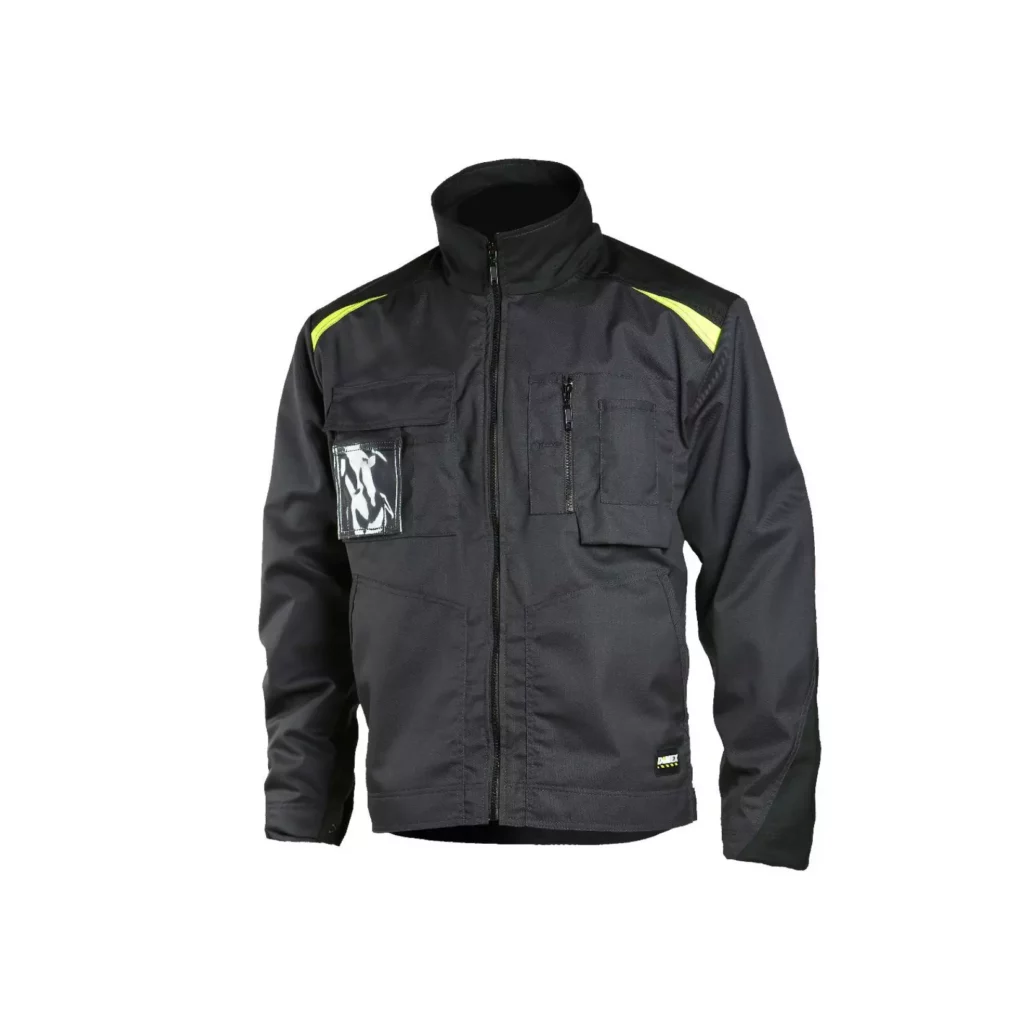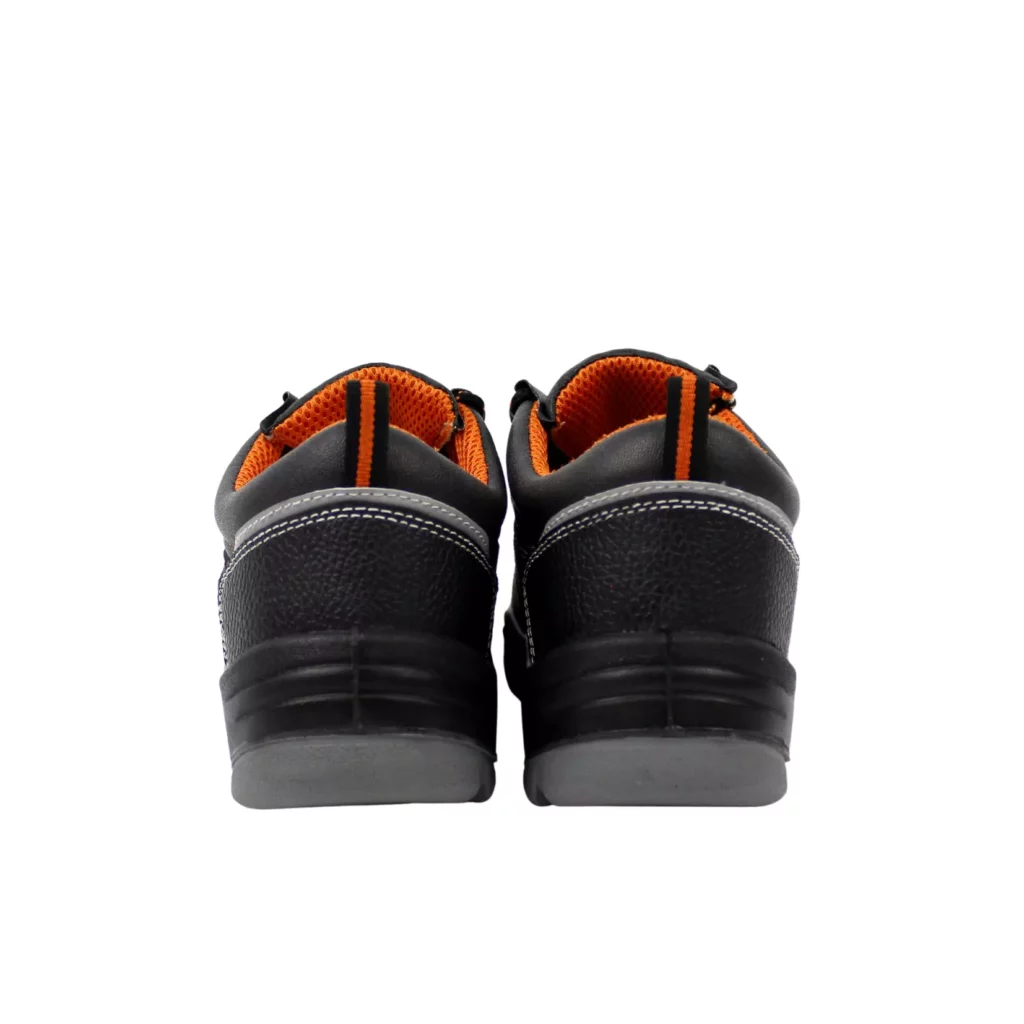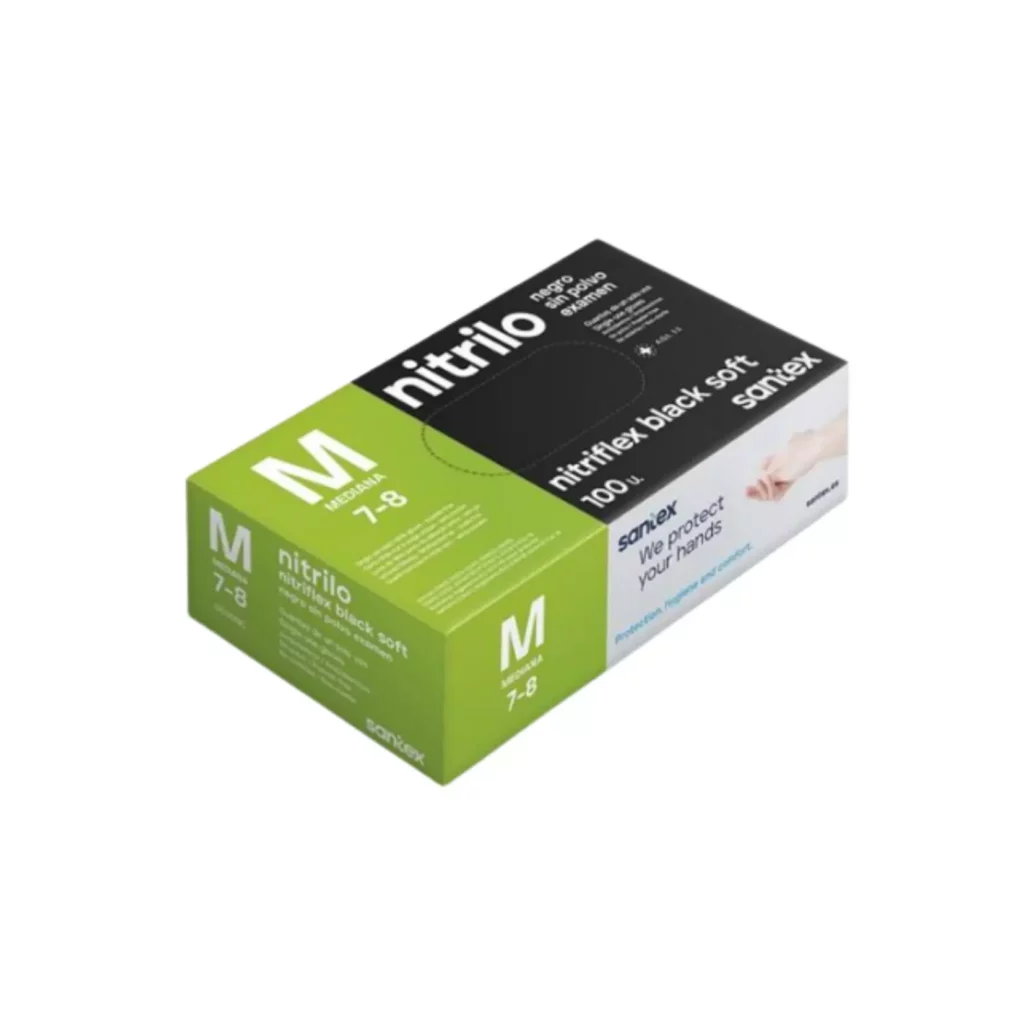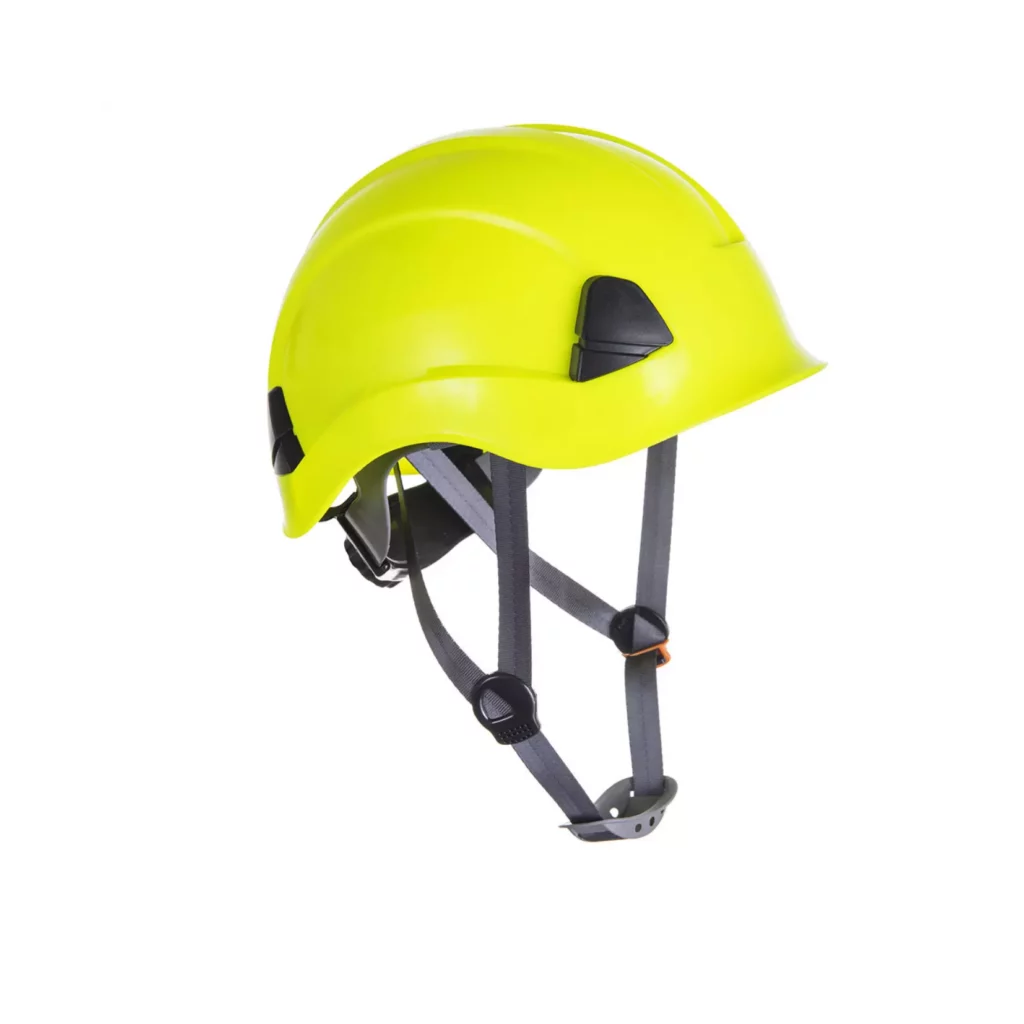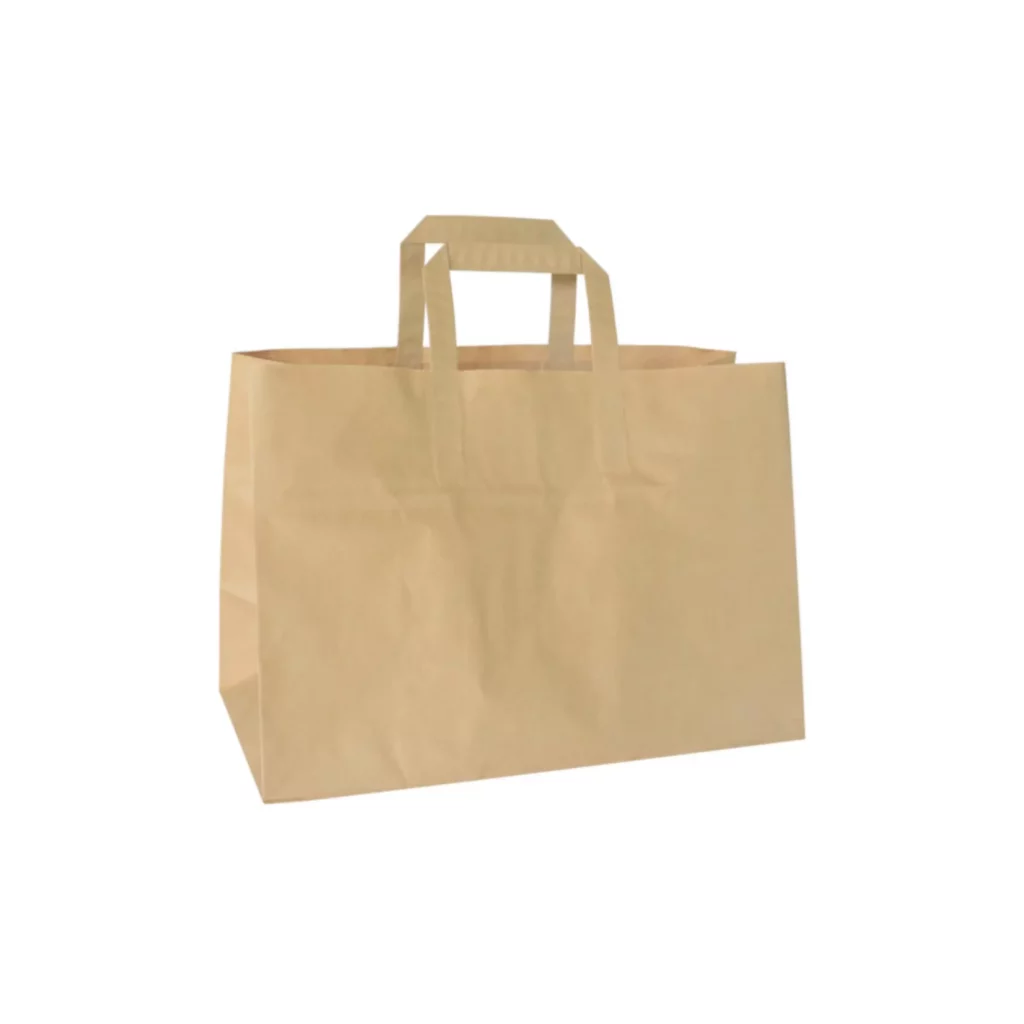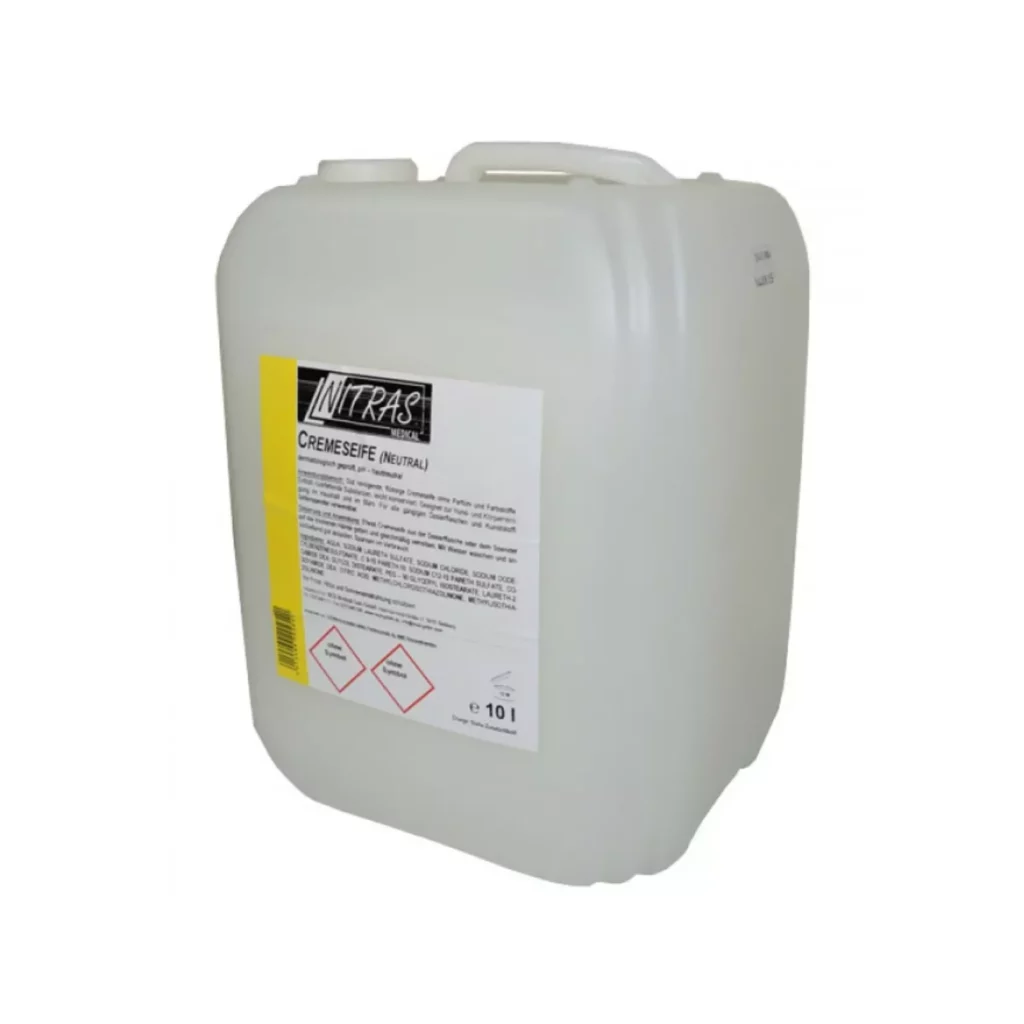Personlig säkerhetsutrustning (även kallad PPE) är viktig för att minska risken för skador och skydda dina anställda på jobbet.
Innan du börjar söka efter den bästa personliga säkerhetsutrustningen för dina anställda, bör du först ta reda på vilka branschspecifika risker som finns inom just din bransch och sedan se till att säkerhetsutrustningar på din radar uppfyller de nödvändiga säkerhetskraven.
Om du vill läsa mer om detta kan du läsa våra tidigare blogginlägg:
- Säkerställa arbetstagarna: hur man väljer rätt personlig skyddsutrustning (PPE)
- Säkerställande av säkerhet och efterlevnad: En titt på EU:s bestämmelser om industriell personlig skyddsutrustning
Vi hoppas att dessa resurser kan hjälpa dig att fatta ett välgrundat beslut om vilka PPE-produkter du bör införskaffa.
Att välja rätt personlig säkerhetsutrustning är dock bara första steget. För att maximera säkerheten för dina anställda är det lika viktigt att följa rätt förfarande för användning, underhåll och kassering av personlig säkerhetsutrustning.
I den här artikeln går vi igenom de bästa metoderna för PPE-förfaranden som du och alla PPE-användare bör följa.
- PPE-förfaranden: användning
- PPE-förfaranden: underhåll
- PPE-förfaranden: kassering

PPE-förfaranden: användning
Som tidigare nämnts beror effekten av din personliga säkerhetsutrustning på hur den fungerar:
- Kvalitet: Självklart ska den säkerhetsutrustning du väljer vara tillverkad av ett motståndskraftigt material som är anpassat för att skydda arbetstagarna mot branschspecifika faror. Dessutom ger material av hög kvalitet bekväma PPE-produkter som håller längre.
- Lämpligt användningsområde: När det gäller personlig säkerhetsutrustning finns det ingen standardutrustning som passar alla. Det betyder att du alltid bör hitta rätt PPE-produkter för varje specifikt användningsområde. Munskydd skyddar till exempel mot inandning av damm och andra icke-toxiska partiklar, men de skyddar inte mot ångor och gaser eller andra giftiga ämnen som bekämpningsmedel.
Men det finns en annan viktig faktor att lägga till i ekvationen: korrekt användning av personlig säkerhetsutrustning.
Vad vi menar är att du kan välja rätt personlig säkerhetsutrustning för att skydda dina anställda mot specifika faror, men den säkerhetsutrustningen kommer inte att göra mycket om bärarna inte använder den på rätt sätt (t.ex. att bära en ansiktsmask som inte täcker näsan). För bra personligt skydd bör dina arbetstagare alltid få utbildning i hur de ska sätta på, justera, bära och ta av sig den personliga säkerhetsutrustningen på rätt sätt.
Dessutom är det viktigt att se till att den personliga säkerhetsutrustningen bärs konsekvent och korrekt och att den täcker alla nödvändiga kroppsdelar utan att hindra rörelsefrihet eller synlighet.
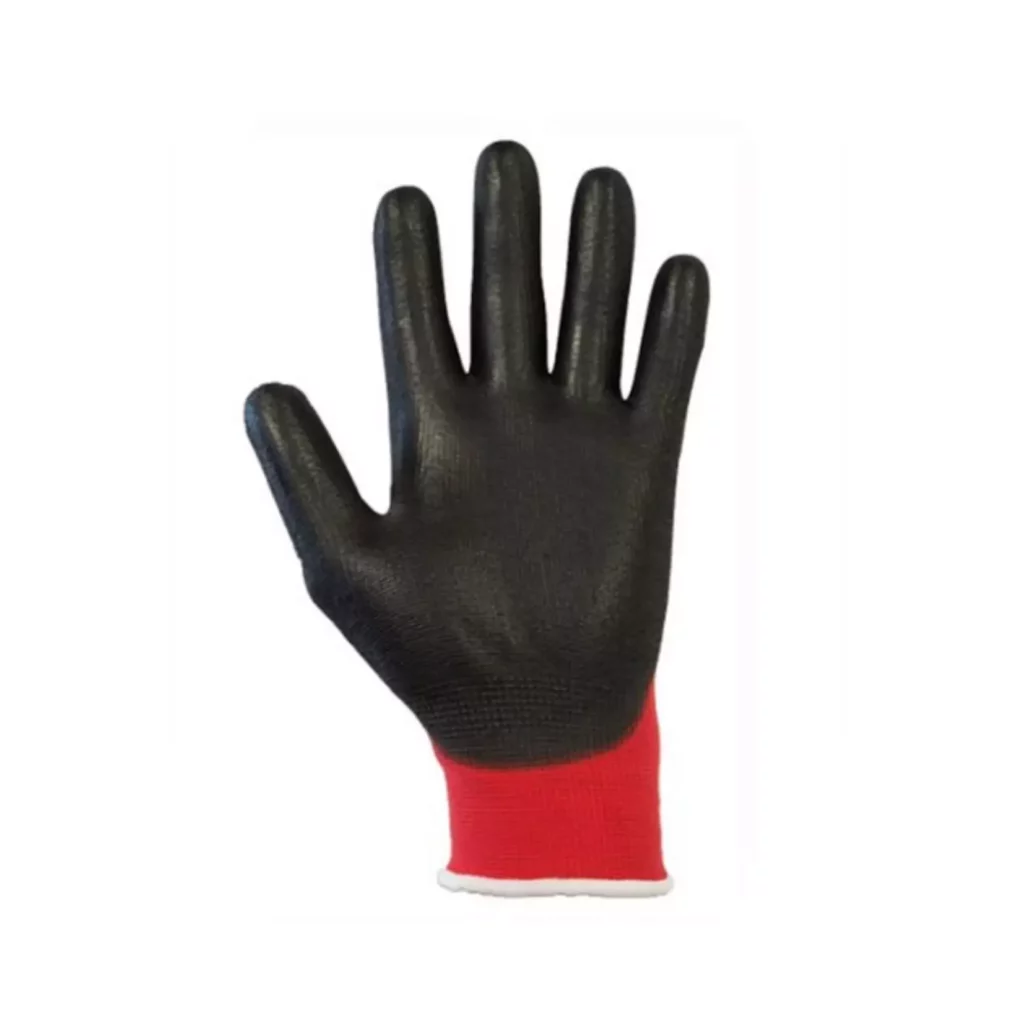

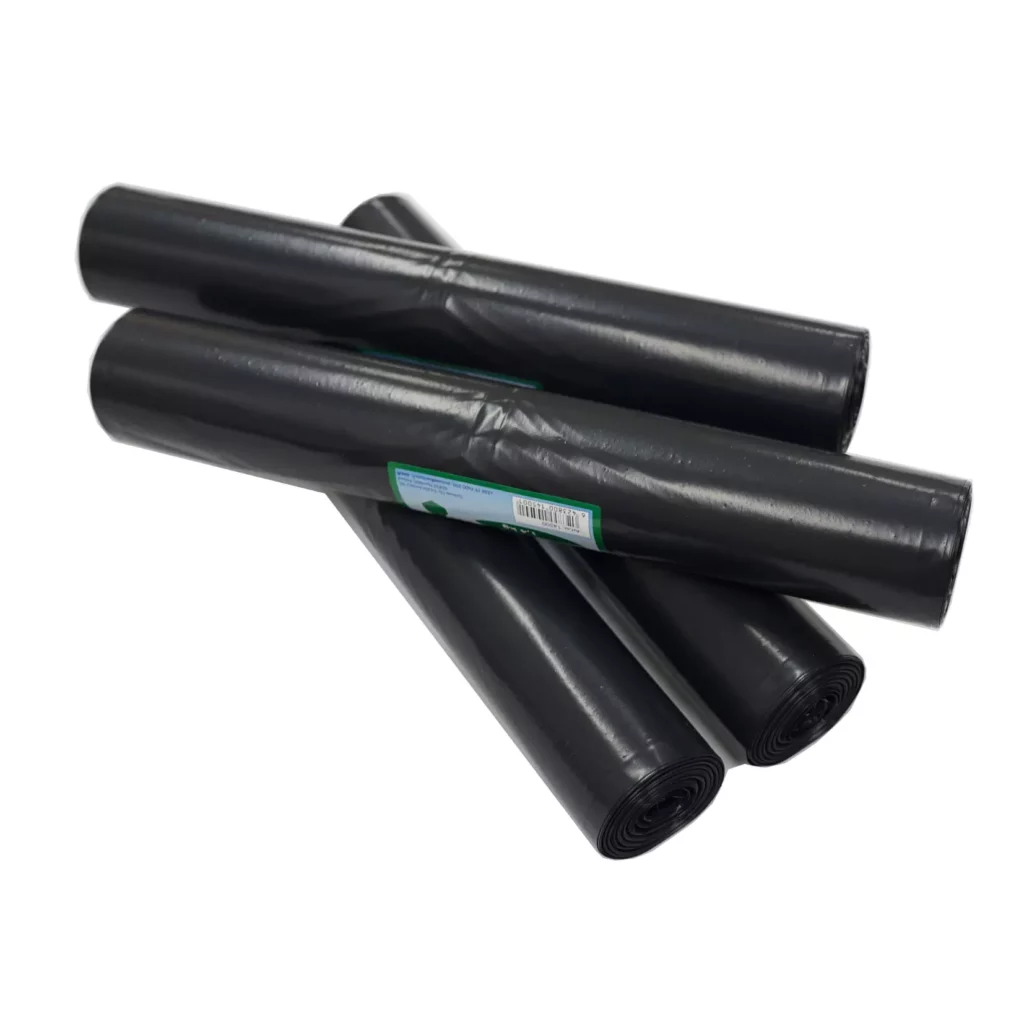
PPE-förfaranden: underhåll
När det gäller underhåll av personlig säkerhetsutrustning finns det mycket att tänka på eftersom de rätta förfarandena är strikt relaterade till varje PPE-produktkategori.
Som en viktig allmän tumregel är det dock att förvara PPE-produkter på ett rent och torrt ställe bortom direkt solljus och extrema temperaturer, för att se till att de förblir i gott skick och redo att användas.
Det finns dessutom tre förfaranden för underhåll av personlig säkerhetsutrustning som du alltid måste följa. Låt oss ta en närmare titt.
- Följ tillverkarens riktlinjer: dessa inkluderar rutinmässig rengöring och desinficering samt inspektion av utrustningen för upptäckt av eventuella tecken på slitage, revor eller andra skador. Observera att det är viktigt att byta ut utrustningen omedelbart om någon skada upptäcks.
- Utför noggranna och dokumenterade inspektioner: Dessa inspektioner säkerställer att dina säkerhetsutrustningar fortfarande är effektiva och ger det nödvändiga skyddet. Baserat på den utrustning du kontrollerar omfattar dessa inspektioner kontroll av korrekt passform, säkerställande av att alla fästanordningar och kontroll av att det inte finns några sprickor, hål eller revor i utrustningen. Om något problem upptäcks under inspektionen ska du återigen göra dig av med den personliga säkerhetsutrustningen.
- Utbilda samtliga användare av den personliga säkerhetsutrustningen: Detta är ett steg som du aldrig bör hoppa över då inspektioner av användare med personlig säkerhetsutrustning bör utföras. Utbilda dina anställda i att använda, ta hand om och förvara utrustningen på rätt sätt. På så sätt kan du förebygga onödiga olyckor och skador.

PPE-förfaranden: kassering
Oavsett om din personliga säkerhetsutrustning inte klarade inspektionen eller om den har tjänat sitt syfte, är det lika viktigt att på rätt sätt göra sig av med den personliga säkerhetsutrustningen som att använda och underhålla den.
Precis som med underhåll av personlig säkerhetsutrustning, varierar processerna för kassering beroende på vilken PPE-kategori det rör sig om. De bästa och mest förekommande metoder för kassering av personlig säkerhetsutrustning är dock följande:
- Korrekt förvaring: Förvara använd personlig säkerhetsutrustning på ett anvisat ställe tills den kan kasseras på rätt sätt. Detta förhindrar kontaminering och minskar risken för skador. Låt oss ta sjukvårdsbranschen som exempel, föreställ dig de hälsorisker som uppstår vid felaktigt kassering av använda kirurgiska verktyg.
- Kännedom om bestämmelser: Förstå de lokala och nationella bestämmelserna för kassering av personlig säkerhetsutrustning. Vissa typer av säkerhetsutrustning kan behöva sorteras som farligt avfall, och om du inte gör det kan det få betydande konsekvenser.
- Uppmuntra till återvinning: Uppmuntra dina anställda att återvinna sin personliga säkerhetsutrustning när det är möjligt. Vissa material, som t.ex. skyddshjälmar och skyddsglasögon, kan återanvändas efter att ha inspekterats och rengjorts.
- För ett register: Håll ett register över dina förfaranden för kassering av personlig säkerhetsutrustning, inklusive typ och mängd av den slängda utrustningen, datum och metod för bortskaffande. Denna information kan användas för att övervaka efterlevnaden av bestämmelser och för att identifiera områden där det finns utrymme för förbättringar.

Slutsats
På det hela taget är personlig säkerhetsutrustning (även kallad PPE) en viktig del av säkerheten på arbetsplatsen, och det är av största vikt att PPE-köpare har en omfattande förståelse kring de bästa metoderna för att välja, använda, underhålla och göra sig av med sina PPE-produkter.
Vi hoppas att den här artikeln har gett dig insikter och praktiska tips om PPE-förfaranden. Om du vill läsa mer om hur du väljer rätt PPE för dina användningsområden och hur du säkerställer att den personliga säkerhetsutrustning du väljer är förenlig med EU:s PPE-förordningar kan du läsa följande blogginlägg:
- Säkerställa arbetstagarna: hur man väljer rätt personlig skyddsutrustning (PPE)
- Säkerställande av säkerhet och efterlevnad: En titt på EU:s bestämmelser om industriell personlig skyddsutrustning
Slutligen ska du komma ihåg att inköp av rätt PPE-utrustning och praktisering av rätt förfarande för användning, underhåll och kassering av PPE är avgörande för att garantera dina anställdas säkerhet och hälsa, och bidrar till att ditt företag blir framgångsrikt.
Bläddra i vår omfattande katalog över PPE-produkter från Europas bästa leverantörer och hitta de bästa produkterna till de bästa priserna.
Behöver du en genväg? Här är de viktigaste PPE-kategorierna som vi erbjuder.
1. PPE-handskar
2. PPE-ansiktsmasker och andningsskydd

